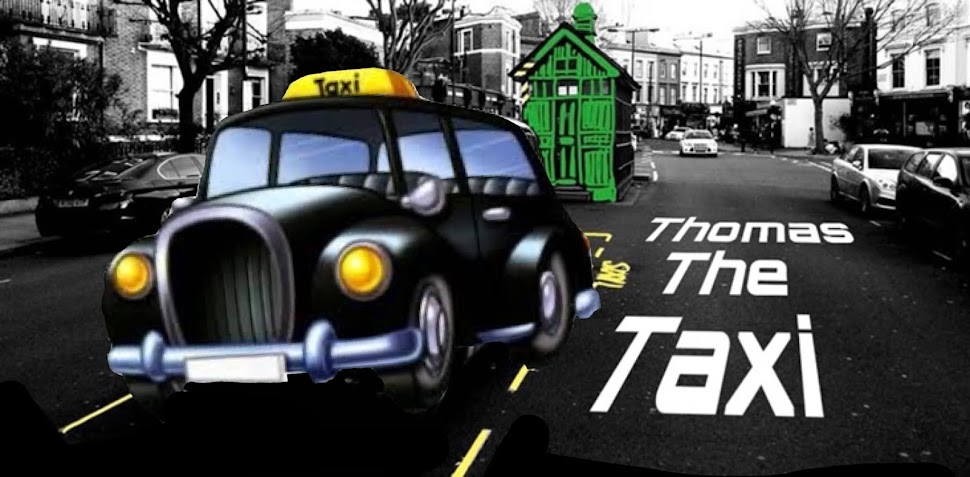Although the origins of the term 'Hackney coach' is unclear, historians suggest that it derives from the French word hacquenée, which roughly translates as a horse suitable for hire.
The first Hackney coaches - large and luxuriously trimmed horse-drawn carriages - appeared a lot earlier than most people think and were first seen during the reign of Queen Elizabeth 1.
In 1636 the number of carriages was set to a maximum of 50, an early example of Hackney Carriage regulation. In the same year, the owner of four Hackney Carriages established the first ever ‘Hackney Carriage Standing’ (Taxi Rank) in The Strand, approximately where the Savoy is located today.
𝐉𝐮𝐧𝐞 𝟐𝟒𝐭𝐡 𝟏𝟔𝟓𝟒 , 𝟐𝟎𝟎 𝐌𝐚𝐬𝐭𝐞𝐫 𝐡𝐚𝐜𝐤𝐧𝐞𝐲 𝐜𝐨𝐚𝐜𝐡𝐦𝐞𝐧 𝐥𝐢𝐜𝐞𝐧𝐬𝐞𝐝 𝐛𝐲 𝐭𝐡𝐞 𝐂𝐢𝐭𝐲 𝐂𝐨𝐫𝐩𝐨𝐫𝐚𝐭𝐢𝐨𝐧, 𝐨𝐧 𝐨𝐫𝐝𝐞𝐫𝐬 𝐨𝐟 𝐎𝐥𝐢𝐯𝐞𝐫 𝐂𝐫𝐨𝐦𝐰𝐞𝐥𝐥.
The horse-drawn ‘Hackney Carriage’ began providing a more regulated service in the early 17th century, after a charter was awarded to the worshipful company of Hackney carriages by Parliament in 1654.
The 1662 parliamentary act bought in licensing, which was first limited to 400. When the act expired in 1679, extra licences were created, and in 1694 a new act imposed a limit of 700. By 1832 limits were abolished completely.
The Hansom Cab:
Though named for its original designer, Joseph Hansom, the cab was redesigned and patented by John Chapman in 1836, after which it became the most popular cab in London. After additional improvements were made by coach builder F. Forder in 1873, the vehicle was introduced successfully in New York City and Boston.
Introducing The knowledge:
The knowledge of London was introduced into the trade in 1865 and ever since then, London taxicab drivers have been required to know destinations and be able to decide routes immediately in response to a passenger's request.
Londons first Electric Cab:
The London Electrical Cab – also commonly known as the ‘Hummingbird’ due to its sound, or the ‘Bersey cab’ after its young designer – first took to the streets of the capital on August 19 1897. Inventor Walter Charles Bersey was just 23 at the time, but had been designing and patenting electric vehicles for several years already. According to our predecessors, his creation was intended to mimic the appearance of the horse-drawn hackneycab of the day.
Despite Bersey’s protestations, the vehicle never really took off, with the fleet only reaching a peak of around 75 units. The cab’s two-tonne weight caused huge wear on the tyres which led to noise and vibrations escalating significantly after six months of use. Bersey’s company lost £6,200 in the first year of operation, and the business was forced to close in 1899, the vehicles disappearing from London’s streets just two years after making their debut.
Introduction of the word Taxi :
The modern taxicab service as we know it today, took off with the appearance of petrol-powered cabs in 1903. In 1907 the word Taxi was introduced to the trade with the mandated fitting of a Taximeter, introduced to calculate the fare and were set at 8d (8 pence) for the first mile.
When the trade changed from horse drawn carriages to motorised vehicles, it was felt necessary to introduce a new system of badges.
Every one of today’s 21,000 licensed cab drivers is issued with a badge containing a unique number. Today, there are two types of badges: Green which is for drivers who have completed the world famous Knowledge of London... and Yellow, for drivers who have taken the option of training to cover just a certain sector of suburban London.





No comments:
Post a Comment